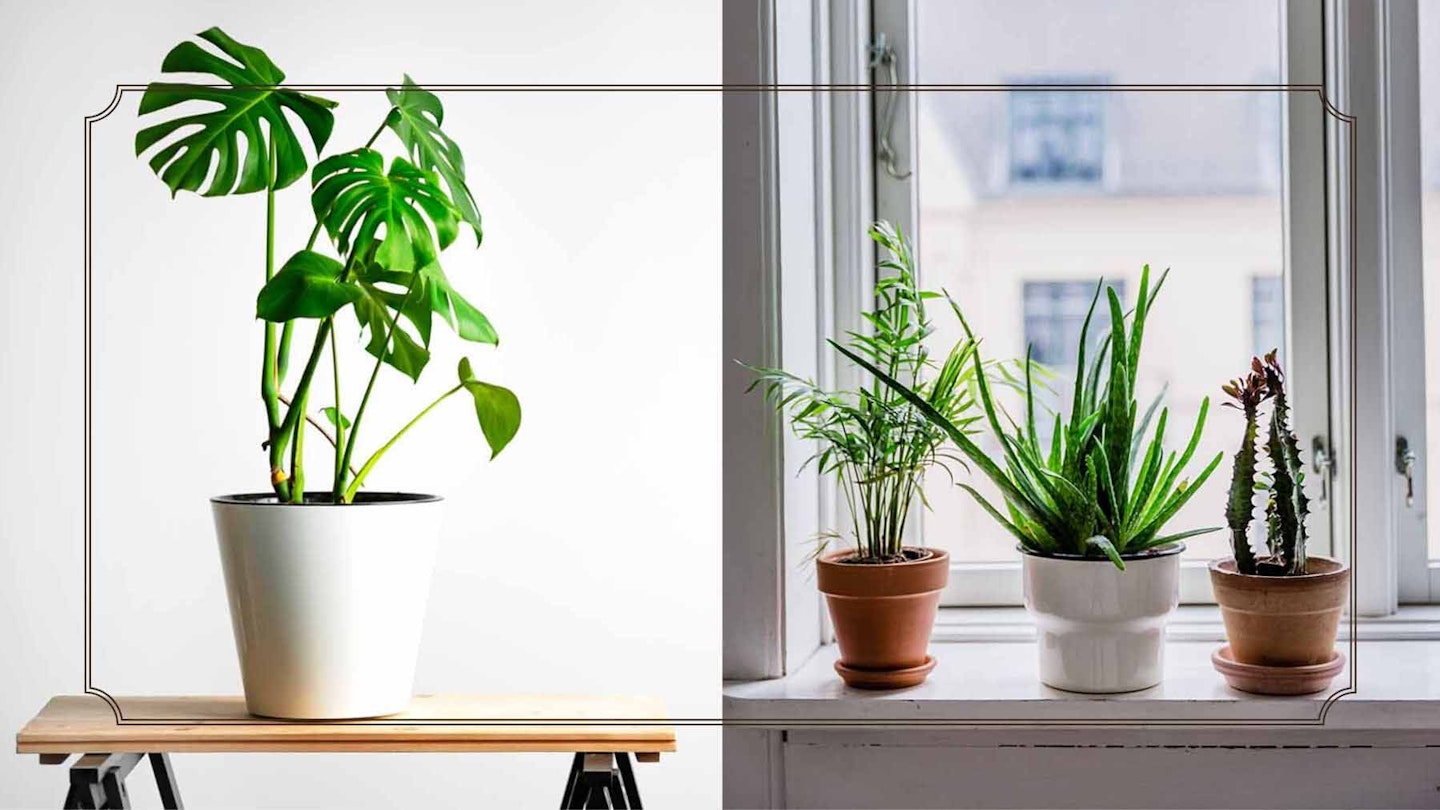For many years we’ve heard about the amazing benefits of getting out into nature, whether that’s the joy of walking or the rejuvenating power of gardening. But what about bringing the outdoors in with some indoor plants?
From the best plants for bathrooms to the best plants for low-light areas, we've rounded up the best kinds of plants for your home to Feng Shui your living room and shared the amazing benefits you could be missing out on from not welcoming a bit of green into your home.
New to indoor plants? We've also answered some plant care questions to help make being a plant parent a breeze.
The best indoor plants you can buy online
The best houseplants
 1 of 8
1 of 8Peace Lily Plant
When it comes to indoor plants, Peace Lilies are up there. Not only is the flowering beautiful, but it thrives in low light conditions, which are generally great for kitchens and are one of the best plants for bathrooms.
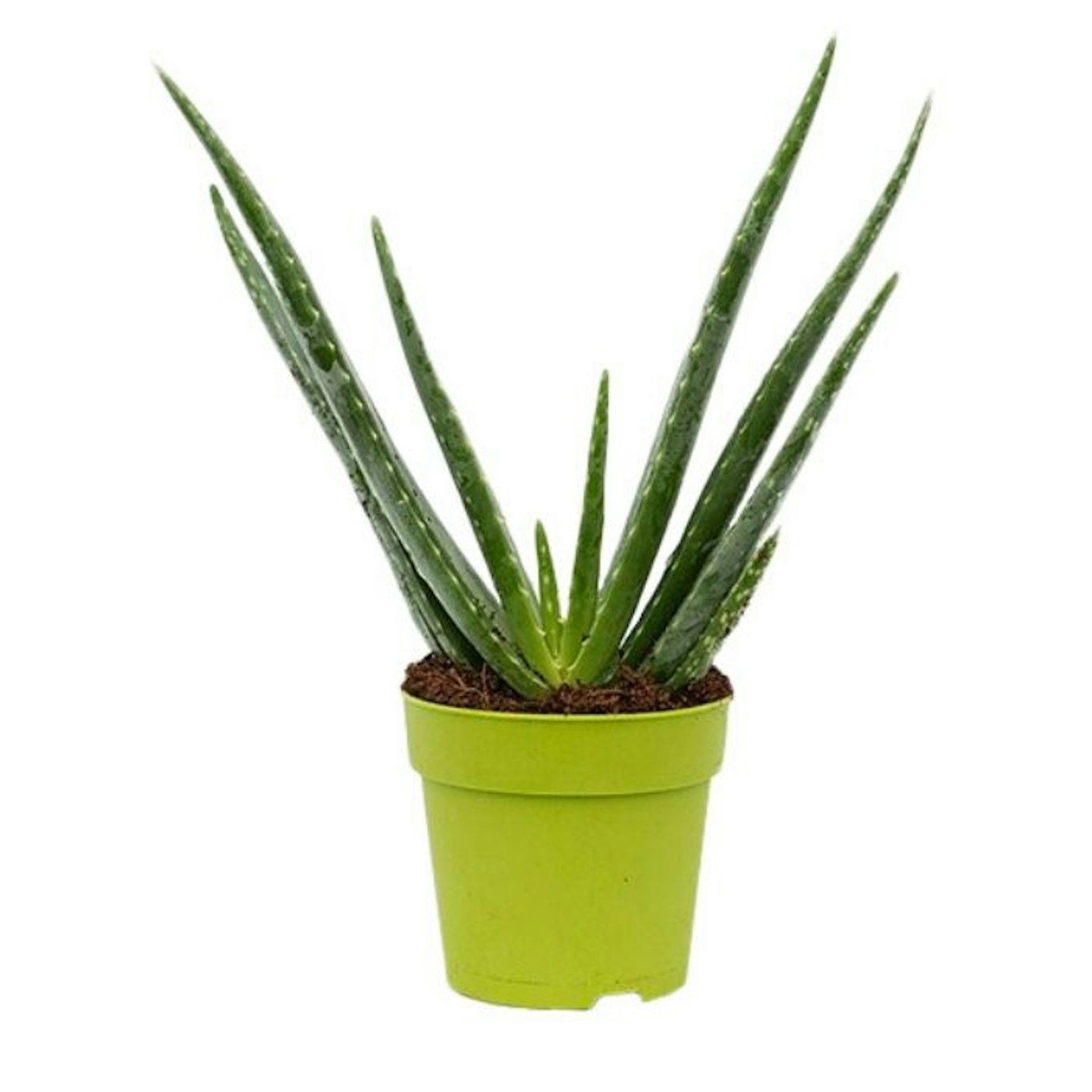 2 of 8
2 of 8Aloe Vera Plant
Aloe vera will only need to be watered about once a week in the peak of summer. That's our kind of plant...
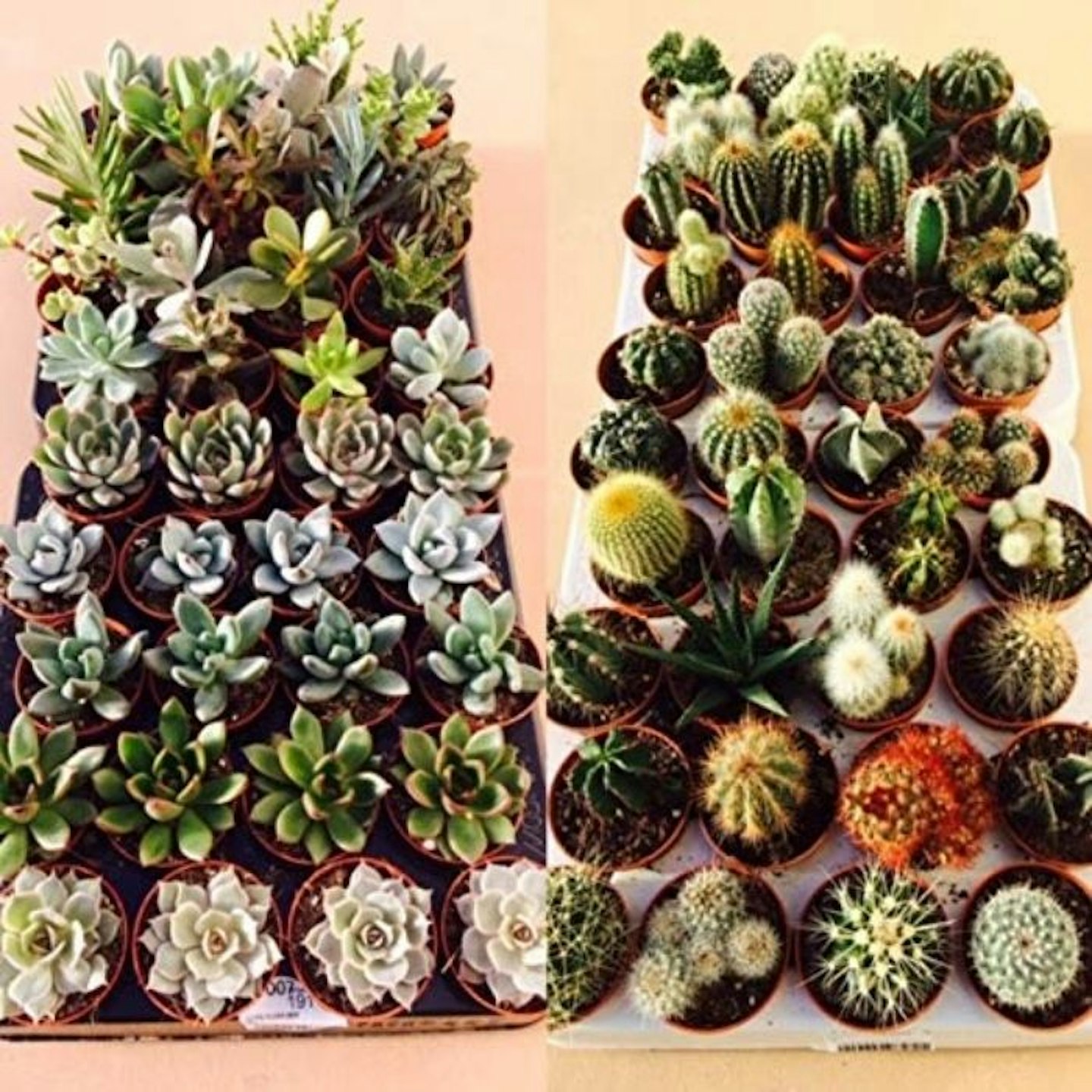 3 of 8
3 of 8Succulent and Cactus Plant Mix
Fill your home with this sensational succulent and cacti set. We can't believe you get 20 plants that you can put all around your front room.
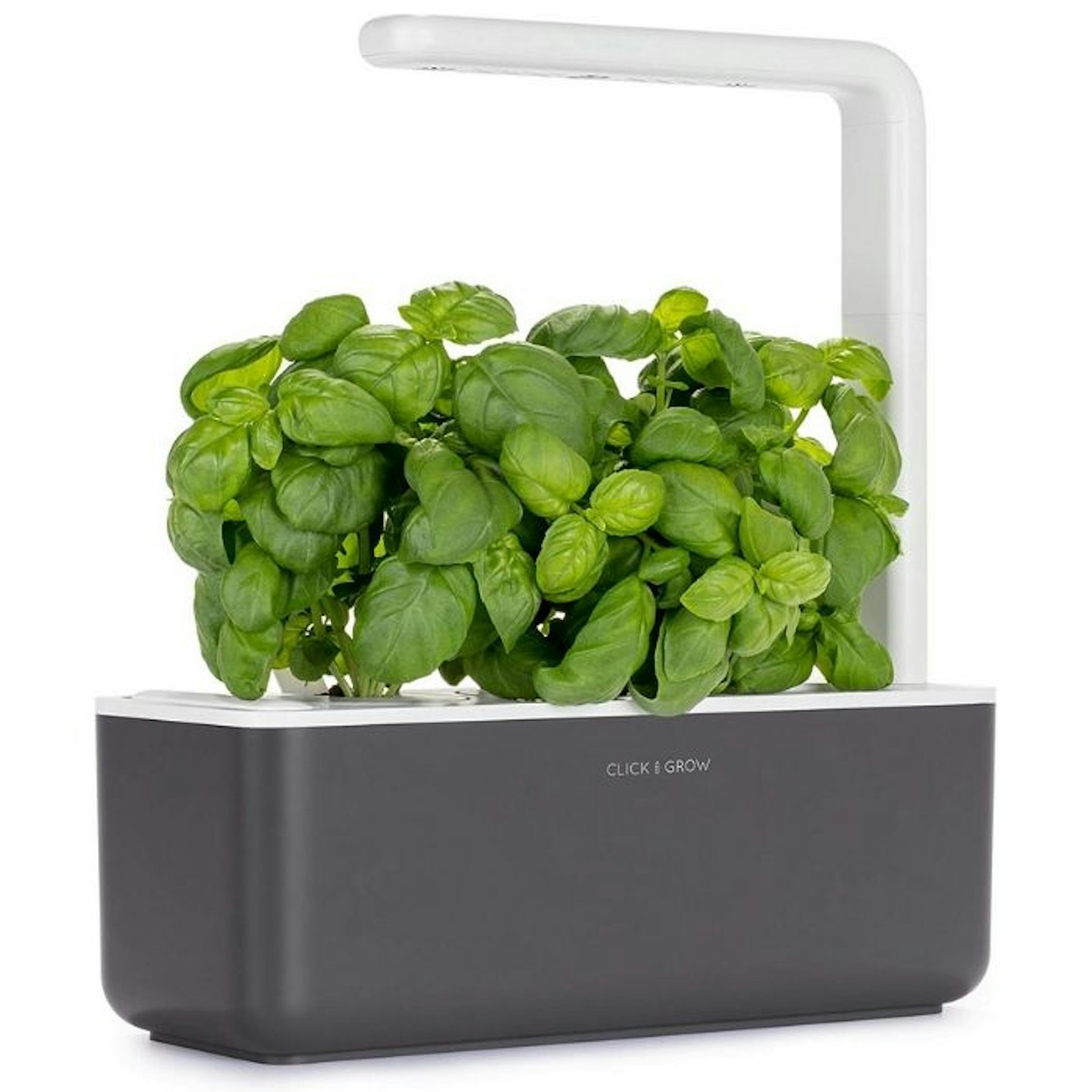 4 of 8
4 of 8Click and Grow Smart Garden
Self-watering plants really are a thing, and there isn't a better plant to look after than a herb garden which waters itself.
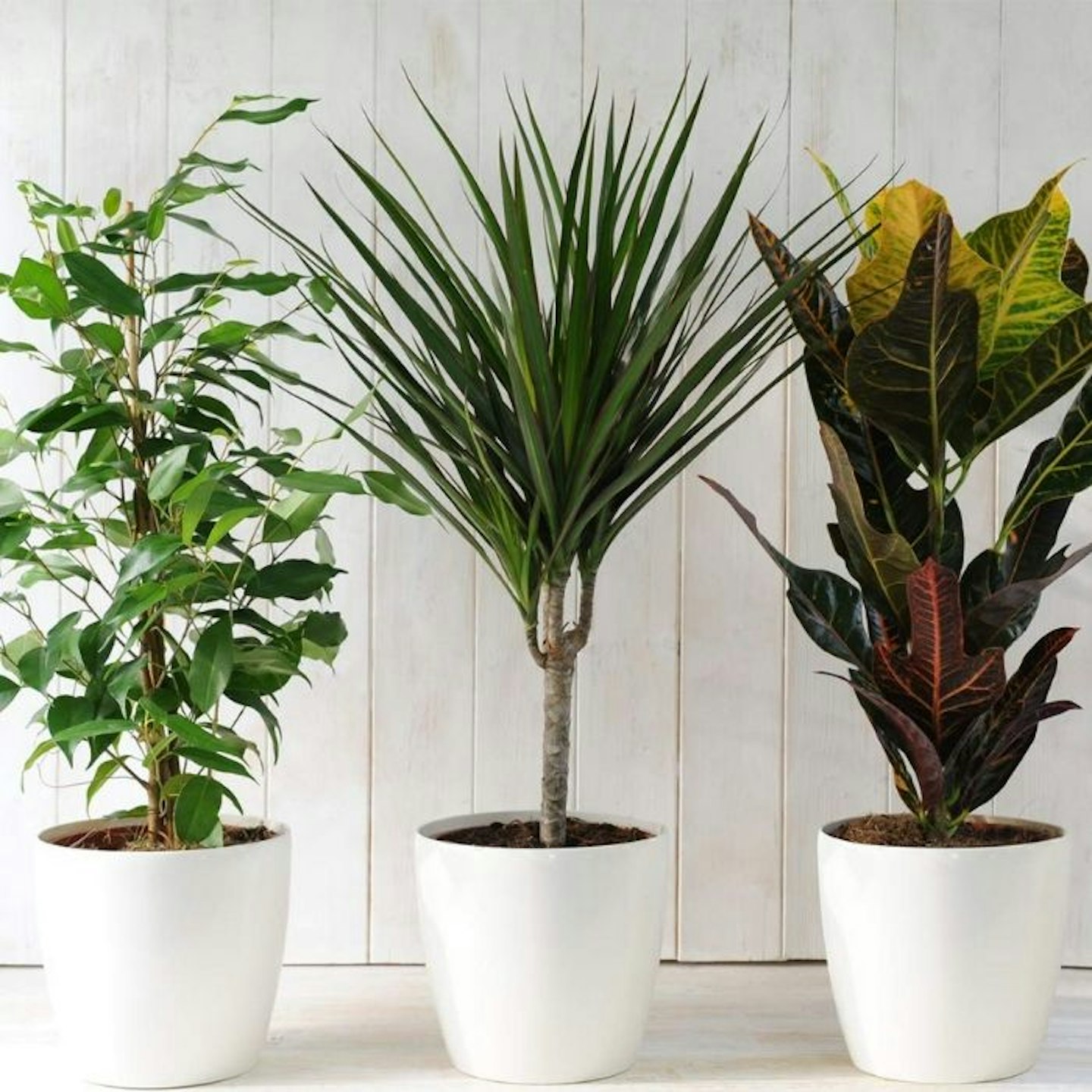 5 of 8
5 of 8Evergreen Indoor House Plants
No matter what time of year it is, this evergreen set will look amazing dotted around your lounge. We love that each order is supplied at random, so you won't know which one you'll get until delivery. Don't worry about this too much as each plant comes with growing and care instructions.
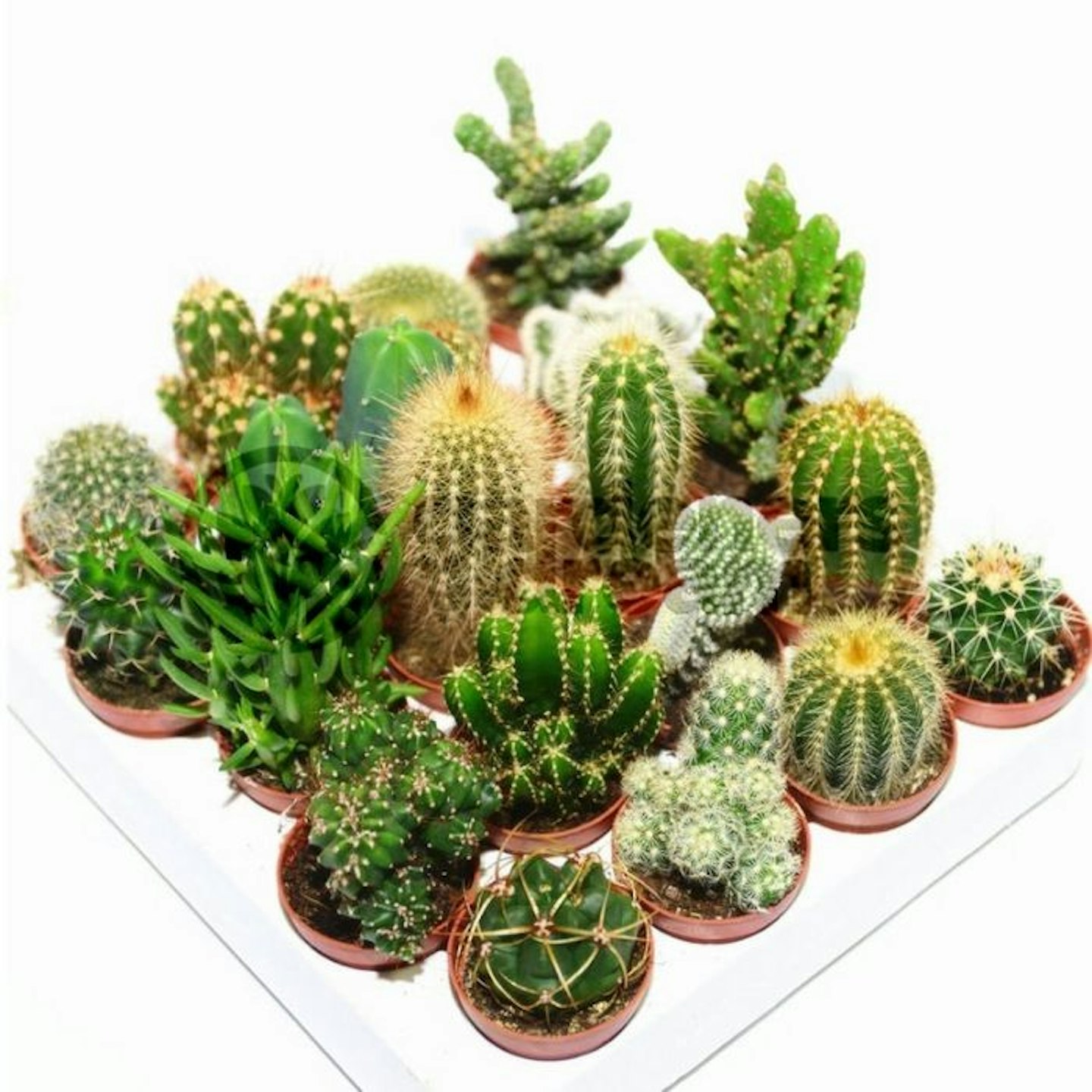 6 of 8
6 of 8Cactus Mix
Bathroom, bedroom or living room - you name it cacti will look amazing in it. Plus, this pack of five will only need to be watered once a week.
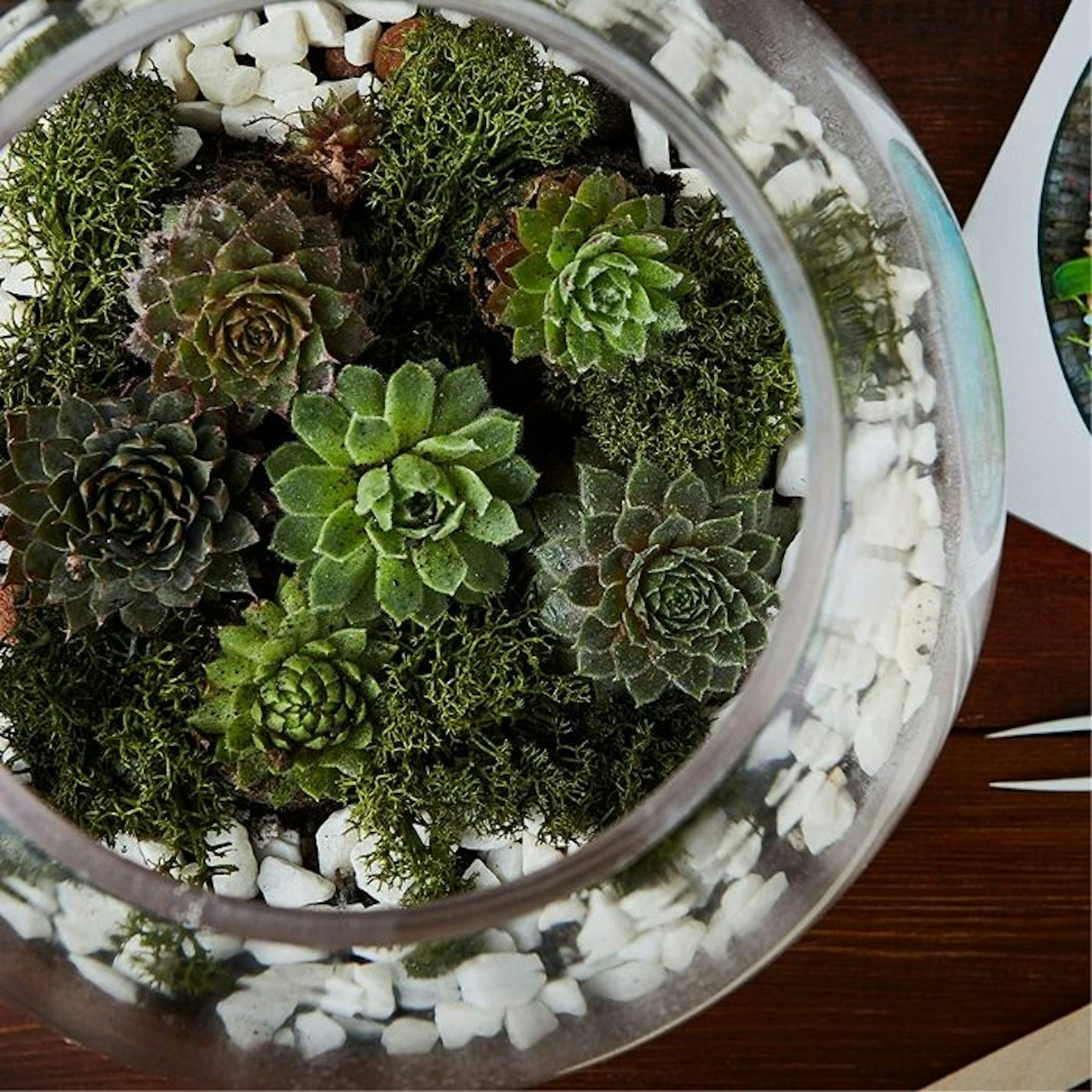 7 of 8
7 of 8Plant Terrarium Kit
For a plant DIY project, a plant terrarium kit is a fantastic place to start for beginners. The set includes cactus soil, drainage pebbles, activated charcoal, moss, decorative grave and tools. All you'll need to do is get a glass container and sect of succulents.
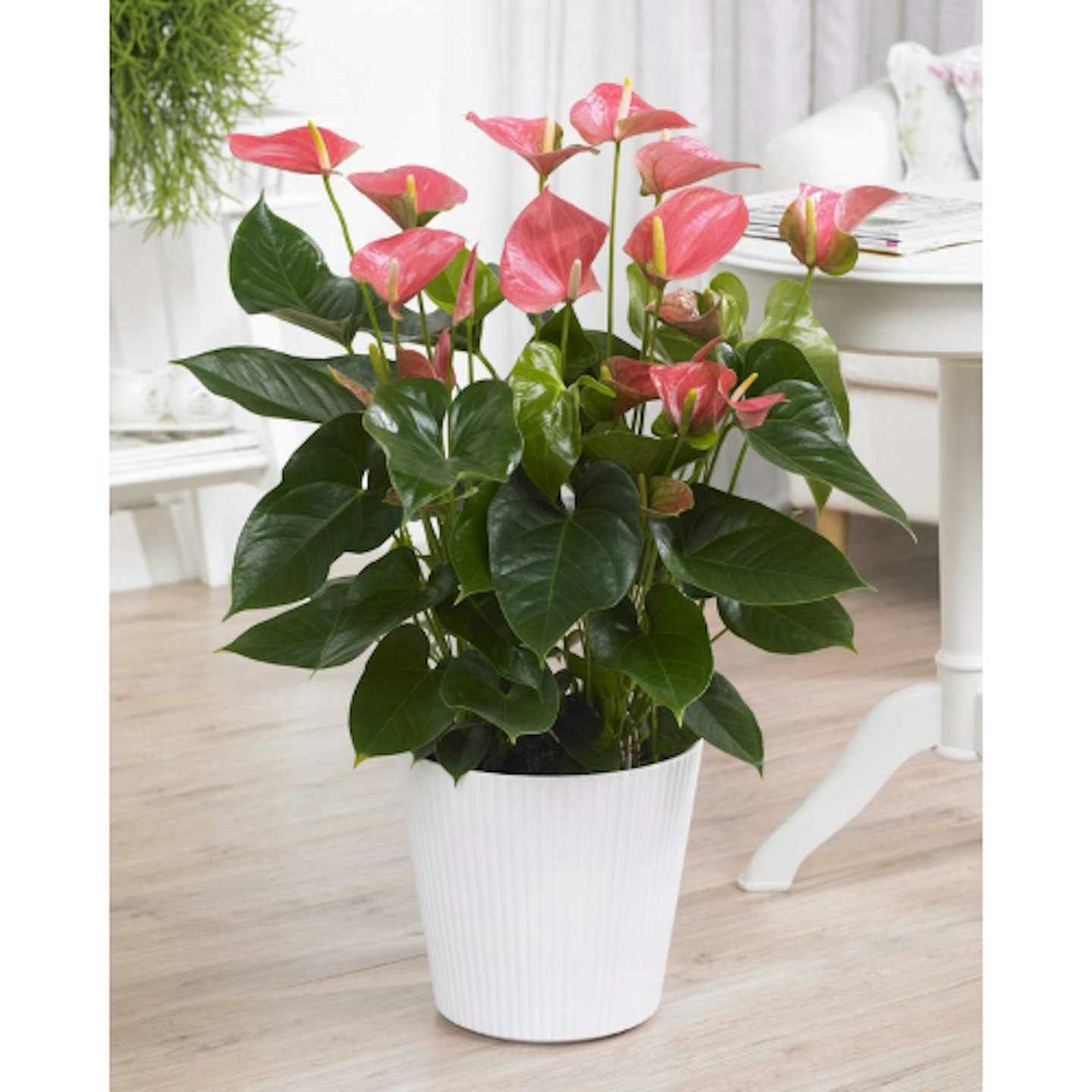 8 of 8
8 of 8Pink Anthurium Plant
At a glance, this plant looks like hard work, but looks can be deceiving as this is easy to maintain. Simply water every 1-2 weeks and keep it partially in the sun to let it thrive.
Related: The best air purifying house plants
How can indoor plants benefit us?
After a year that’s seen us limited on enjoying so much outdoor activity, it's more important than ever to feel the benefits of nature inside. That’s something psychologist Dr. Katie Cooper pondered after a recent therapy session with a client.
With a history of abuse and self-harm, Katie’s client was struggling to find the self-confidence to start making positive changes for herself. Then Katie’s supervisor suggested giving her client a tomato plant.
“In our sessions, we spoke about the way she was nurturing it and the rewards she was reaping from this attentiveness,” Katie says. As the plant grew taller and the fruit ripened, her client blossomed.
“My client showed small but significant shifts in attitude and behaviour that led her to be more receptive to therapy and encouraged her to be kinder to herself.”
This achievement got Katie thinking about the power of plants and whether our recent disconnection from plant life, as our lives have become increasingly urbanised, could be linked to the increasing incidences of mental illness. To find out more, she went on a mission of discovery, the results of which she’s shared in her new book, Plant Therapy.
For a start, the scientific evidence for the benefits of plants is overwhelming. Multiple studies have found that in the presence of plants, the amount of amylase, an enzyme found in our saliva when we are stressed, is significantly reduced, while other studies have shown we recover quicker from stressful experiences when exposed to natural landscapes including plants.
Aside from stress, one study found schoolchildren performed ten per cent better on spelling and arithmetic tests in classrooms surrounded by plants, while another study found adding plants to a working environment improved creativity and problem-solving by 15 per cent.
Movingly, a landmark study that asked elderly residents in an assisted living facility to take care of houseplants found this gave them a renewed lust for life, with many walking taller and taking more responsibility for themselves with one 102-year-old commenting her plants, “depended on her smile”.
“The latest studies indicate that we perceive plants as non-judgemental, non-threatening, and non-discriminating,” says Katie. “This is largely because they respond to care, regardless of the strengths and weaknesses of the person providing it. At our lowest points of self-confidence, plants can offer a non-threatening way back into the big wide world.”
Houseplants can control humidity and purify the air we breathe, reduce dust and even control the acoustics in our house, and it’s clear they have a lot to offer us but as Katie explains, this is exactly because as humans we evolved with, and have always depended on, plant life. Bringing it back into our daily lives suits our in-built needs.
“In a zoo, keepers need to be aware of what kind of living conditions the animal is used to and replicate that. Failing to do this is likely to cause the animal to act in an unusual or inappropriate way whether that’s refusing to eat, mate or socialise or even hurting itself,” says Katie. “So what if, just like animals in a zoo, we need to live in the closest possible approximation to our natural environment? And by not doing so, are we effectively causing our own mental health crisis?”
With that in mind, Katie hopes her book will encourage everyone to think about their relationship with nature and how they can bring nature into their home. “We think nature needs us but it’s us who need nature and plants to give us purpose and a sense of hope for our future.”
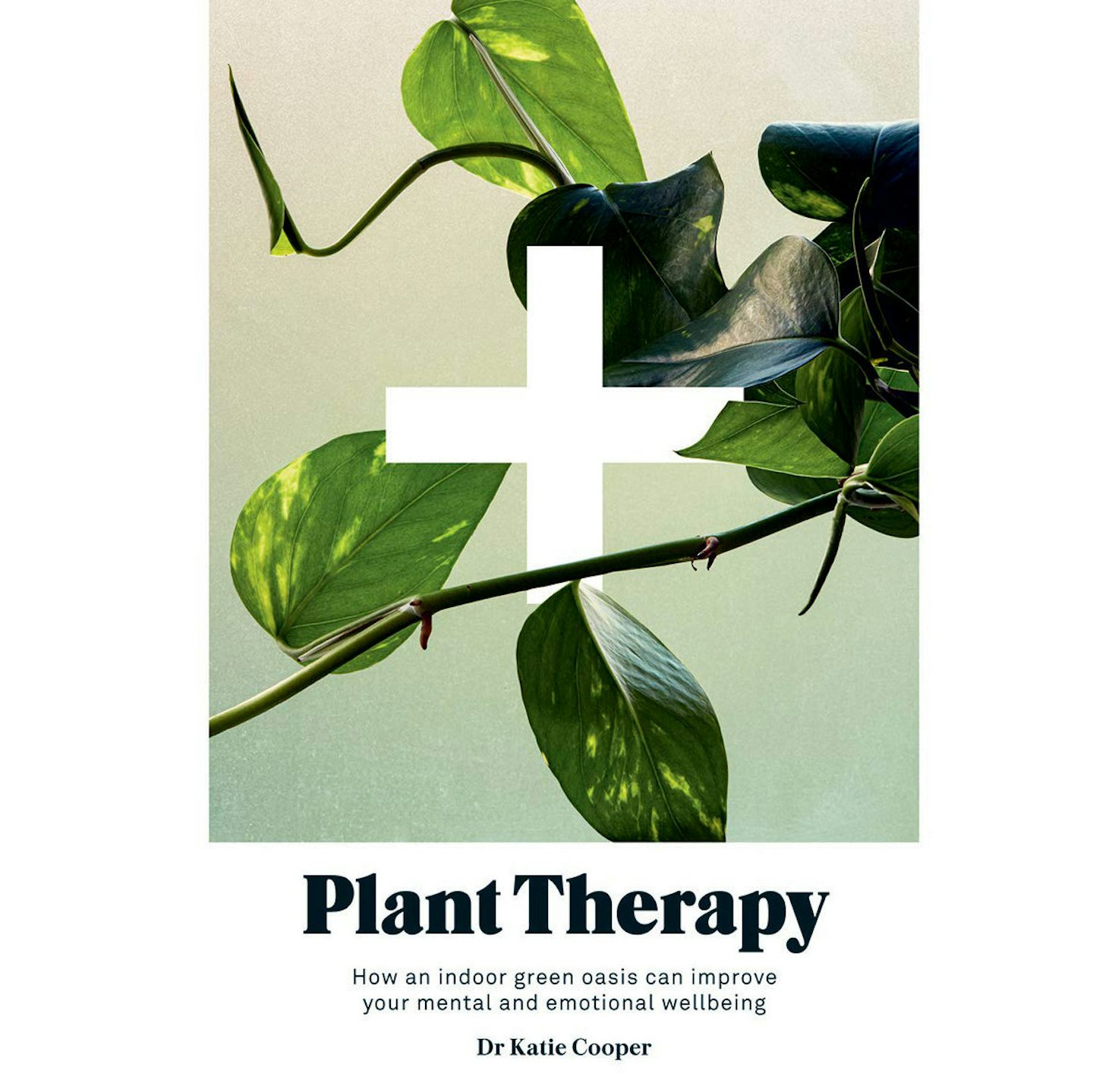
Indoor plant care FAQs
What are the most difficult houseplants to keep alive?
It's often the plants that you think won’t need a lot of TLC that require a lot of attention. Some of the most difficult houseplants to keep alive are orchids, banana plants, Venus flytraps, and Boston Fern.
When should you re-pot houseplants?
Every plant is different, but you’ll usually need to re-pot your houseplant every year - although some can flourish in the same pot for years. The best time to do this is in early spring. If you want to brighten up your space further, you could try decorating your plant pots yourself.
Where is the best place to keep houseplants?
Again, this depends on what plant you choose. Some plants thrive in bright light whereas others can tolerate low light. Before you buy, make sure you check the care instructions, so you know what to expect.
How often should you water a houseplant?
Most plants will need to be watered every two to four days, however cacti and succulents only need to be watered when the compost feels completely dry. Always check the instructions for individual plants, as some may need watering once a week.
Popular articles to read next
The best Morrisons plants and homeware to transform your space
The best kitchen compost bins to make use of your kitchen waste
